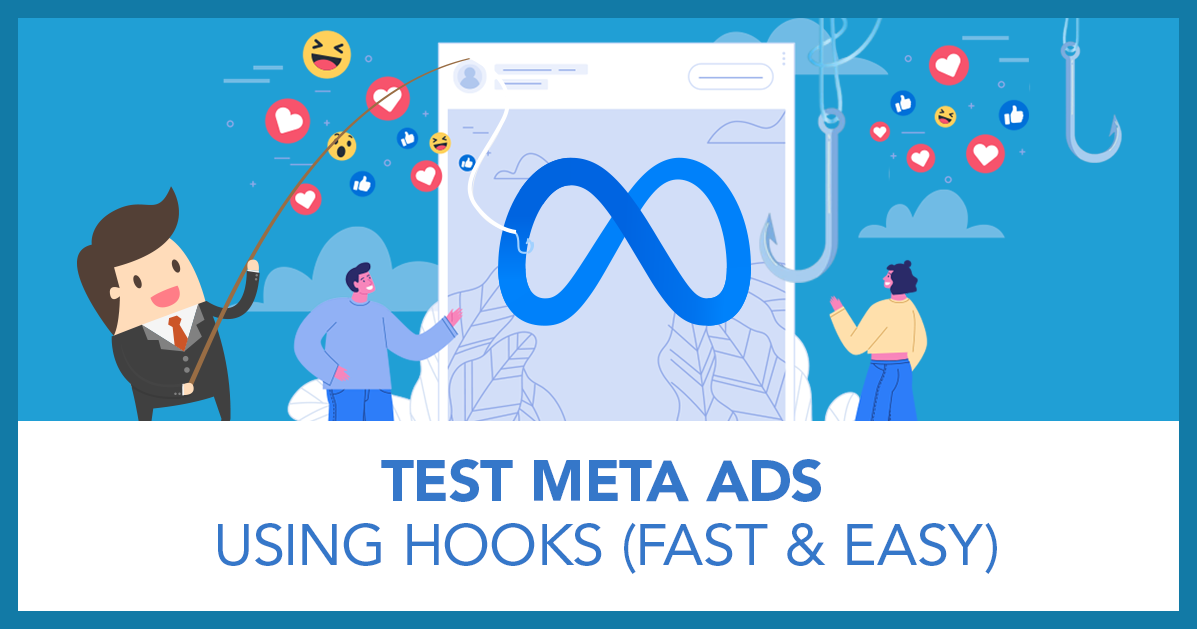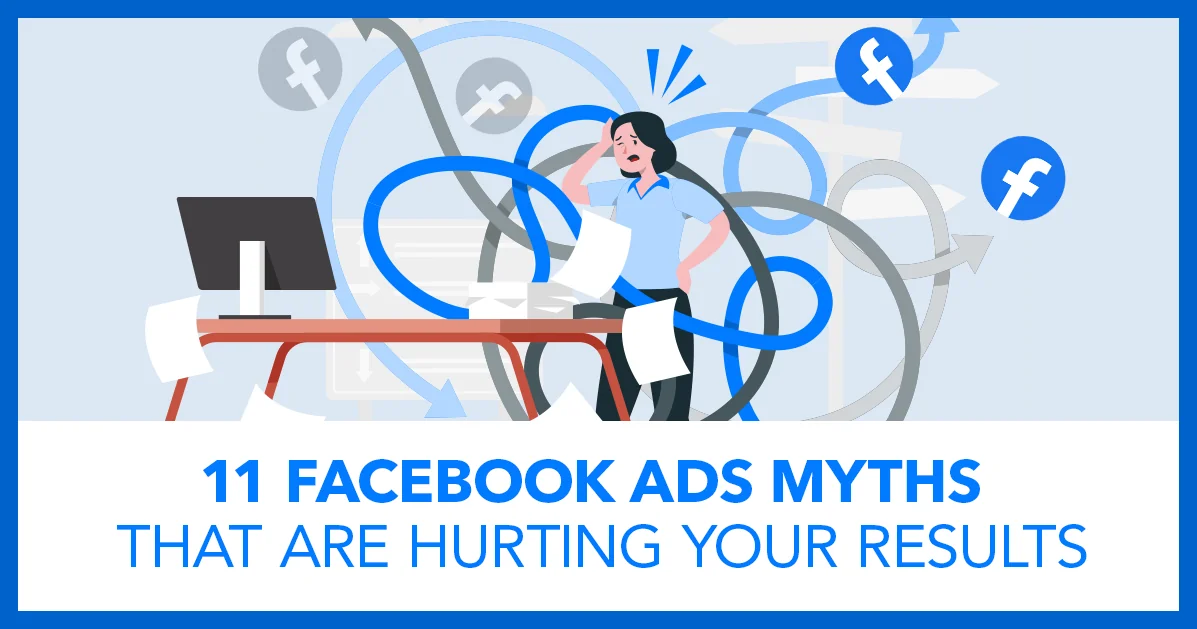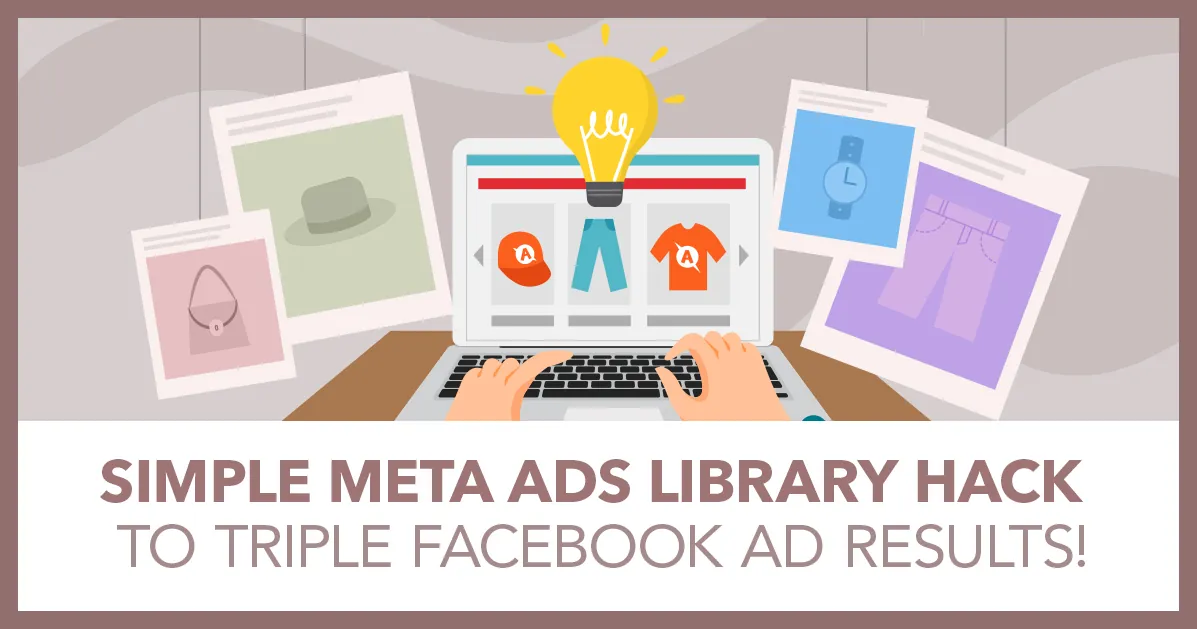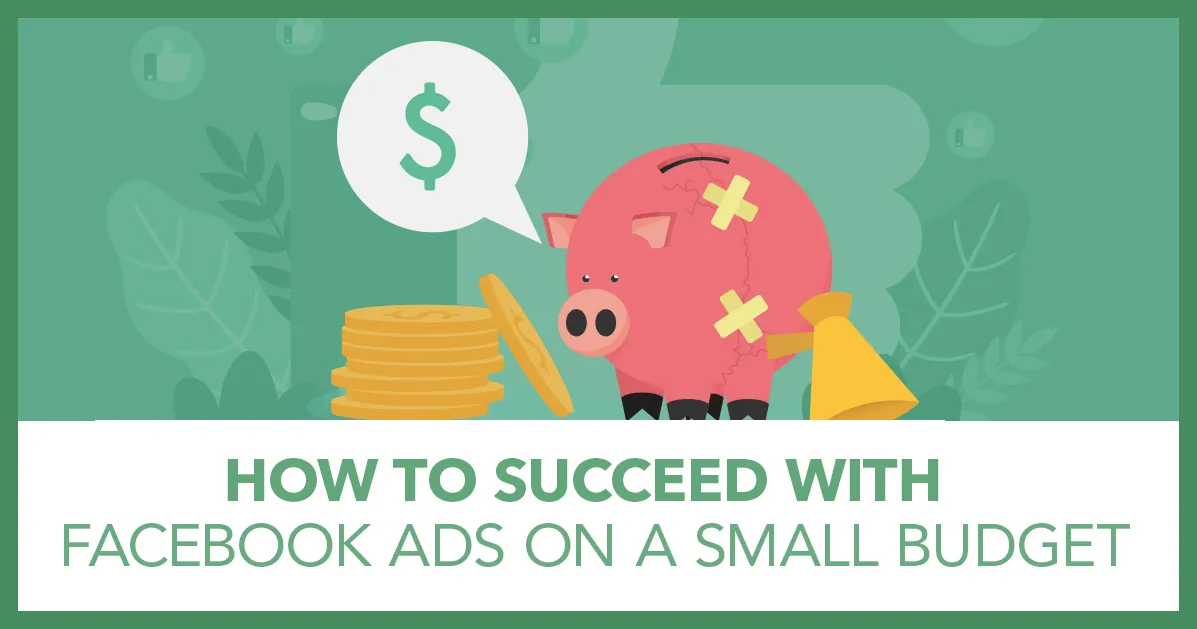
Scale Meta Ads Faster by Testing Hooks, Not Full Videos
Facebook ads is often a volume game. The more ads you create and test, the more likely you are to find winners that move the needle. The sticking point is time. High quality video ads take effort, coordination, and budget. Here is a practical way to create far more video ads in less time by focusing on the one part of an ad that decides everything in the first heartbeat: the hook.
As a quick frame, video ads tend to outperform other formats across many accounts. In our data set, video wins about 60% of the time today. Two years ago it was closer to 45%. Images and carousels still have a place, especially with simple offers, but the trend favors video. The trick is producing enough variations to let the best ideas surface without drowning your team.

Why hooks change the game
Most viewers never make it past the first three seconds. Your hook rate is the percentage who do. For many advertisers, more than 90% drop off before the four second mark. That means the opening line and opening visual are the ad for the vast majority of people.

If the first three seconds change, the ad changes. You can run two versions with the exact same 57 seconds of body content. To most people those are completely different ads because most people never see the body. This is the mindset shift. Stop thinking you need dozens of full videos. Start thinking in terms of many hooks that sit on top of a few strong bodies.

The plan: two full videos, ten visual hooks, ten verbal hooks
Create two complete video ads. These are your bodies. Then produce a large set of short, swappable hooks to sit in front of each body.
You do not need ten full productions. You need ten openings recorded in different ways. Rotate backgrounds. Move locations. Change outfits. Use a prop. Switch from face-to-camera to product cut-ins where appropriate. For service businesses and expert brands, face-to-camera is usually right. For ecommerce, focus on product context and action.

Visual hook ideas you can record today
- Same room, new angle. Turn the camera to face another wall. New background, new ad.
- Different spots on site. If you run a gym, record in the squat rack, then by the turf, then by the dumbbells.
- Step outside. A patch of woodland, an open field, a city street. Quick changes, big contrast.
- Props. Whiteboard, laptop, phone in hand. The frame reads differently at a glance.
- Outfit shift. Different color and style equals a fresh scroll-stopping visual.
- Face vs. not face. For some offers, one version opens on you, another opens on product movement, then cuts to you.
Verbal hook styles that win attention
Pick lines that match your prospects’ inner dialogue. Here are three reliable categories with examples to spark your writing:
- Yes-questions. Short questions your audience wants to say yes to.
“Do you struggle to get your Facebook ads to work?”
“Spending too much time cooking and cleaning?”
“Dreaming of changing careers?” - Conditional statements. A clear benefit tied to a specific condition.
“If you spend more than $100,000 a month on Facebook ads, we can lift ROAS by 30% in three months.”
“If your dog is too reactive for the park, this program is for you.” - Outstanding results. Lead with a credible outcome that maps to the viewer.
“See how this client added £100,000 of value to their home with solar.”
“How a Texan mom lost 50 pounds in six months without exercising.”
Pro tip: These lines can double as headlines on your ad, which helps seed the narrative before sound kicks in.
Turn 2 videos into 200 ad combos

Here is the math that unlocks scale. Record two full ads. Create ten visual hooks. Write ten verbal hooks. Then record each verbal hook in each visual setup.
- 2 bodies × 10 visual hooks × 10 verbal hooks = 200 ad combinations.
You only recorded the full ad twice. You recorded many ten-second openings. That is how you create volume without burning your team or your budget.
Now you can actually test. You will learn what works in your market. Maybe your outdoor openings beat the indoor ones. Maybe outstanding results outperform yes-questions. Fold those learnings into your next batch and your win rate rises again.
Ad fatigue is usually hook fatigue

You finally find a winner. It prints results for six weeks, then drops off. Classic story. The instinct is to throw it out and start again. A better approach is to treat fatigue as a hook problem, not a full-ad problem.
Keep the same verbal hook but change the visual. Or keep the same visual and change the verbal. You already recorded nine other versions. Many will perform close to the original winner and extend its life. It is common to turn a six-week spike into a six-month performer by rotating hook variants while the body stays the same.
People scroll past content they feel they have seen before. A fresh opening gets past that filter and earns a few more seconds of attention. That is all you need to deliver the offer and reach your call to action.
Make your production time work harder
This structure also stretches your spend on videographers and editors. Two full edits. Many short hook trims. The assembly is fast because you are only swapping the front clip. You can capture all your hook footage in one session if your locations are nearby.
Working with influencers? Give them the same brief. Ask for two full videos and multiple hook variants. You can coach them on the styles and lines you want. You will pay a bit more than for two single videos, but you will receive many more usable ad combinations from the same creator.
Extra credit: rotate your end CTA
Once a video is winning, consider testing alternate closing CTAs. This is secondary to hook testing, but on entertaining ads it can bump performance and extend life. Record a few closing lines and a couple of visual changes for that final screen. Save these for proven winners with strong watch time.
Ready to scale without guesswork?
If you want predictable growth, work with the team that has generated over $600M in total sales and managed $150M+ in Meta ad spend. My team will write, design, edit, launch, and scale your campaigns while you run the business. See how the Ad Profits Method helps ecommerce, service, coaching, and agency brands hit consistent ROAS.
Work with my team here.
Example workflow you can run this week
Use this as a simple checklist. It respects your time and gets you from idea to volume.
- Write two full scripts. Keep them tight and product or offer focused.
- Plan ten visual setups. Same office, different angles. On site. Outside. Props. Outfit changes.
- Draft ten opening lines. Pull from yes-questions, conditional statements, and outstanding results.
- Record in batches. At each location, deliver all ten hooks before you move.
- Edit once, swap often. Build two final bodies. Export hook variants as short clips. Assemble combinations.
- Launch in controlled sets. Group by theme so you can see patterns.
- Measure hook rate. Track the percentage who watch past three seconds. Promote winners.
- Rotate to fight fatigue. Keep the body. Swap the hook. Extend the life of each winner.
Why this approach works for busy owners
You get leverage in three places:
- Time. You spend hours filming, not weeks. The body is the heavy lift. Hooks are quick.
- Money. Two full edits, many short swaps. You get scale without hiring a studio army.
- Learning. You find what your market responds to fast. Each batch improves the next.
Common pitfalls to avoid
- Recording only one hook. Even a great body will struggle if the opening is familiar.
- Changing too much at once. Test themes in sets so you can see what caused the lift.
- Ignoring data. Watch hook rate first, then cost per result. Promote what earns attention.
- Overproducing hooks. They need to be clear and compelling and short
Authority proof in plain English
This method is not theory. It comes from managing a large number of ad accounts across many niches and tracking what actually drives results. The consistent pattern is simple. Hooks decide the outcome. Bodies carry the sale. Volume wins the testing race. Put those together and you get a system a small team can run and a busy owner can maintain.
Run the hook factory
Your next winners are sitting behind a handful of fresh openings. Build two strong bodies. Record ten visual verbal hooks ten times in ten visual hook locations. Assemble the combinations. Launch, learn, and rotate. When you find a winner, keep it alive by swapping the front. You will spend less, test more, and scale faster.





